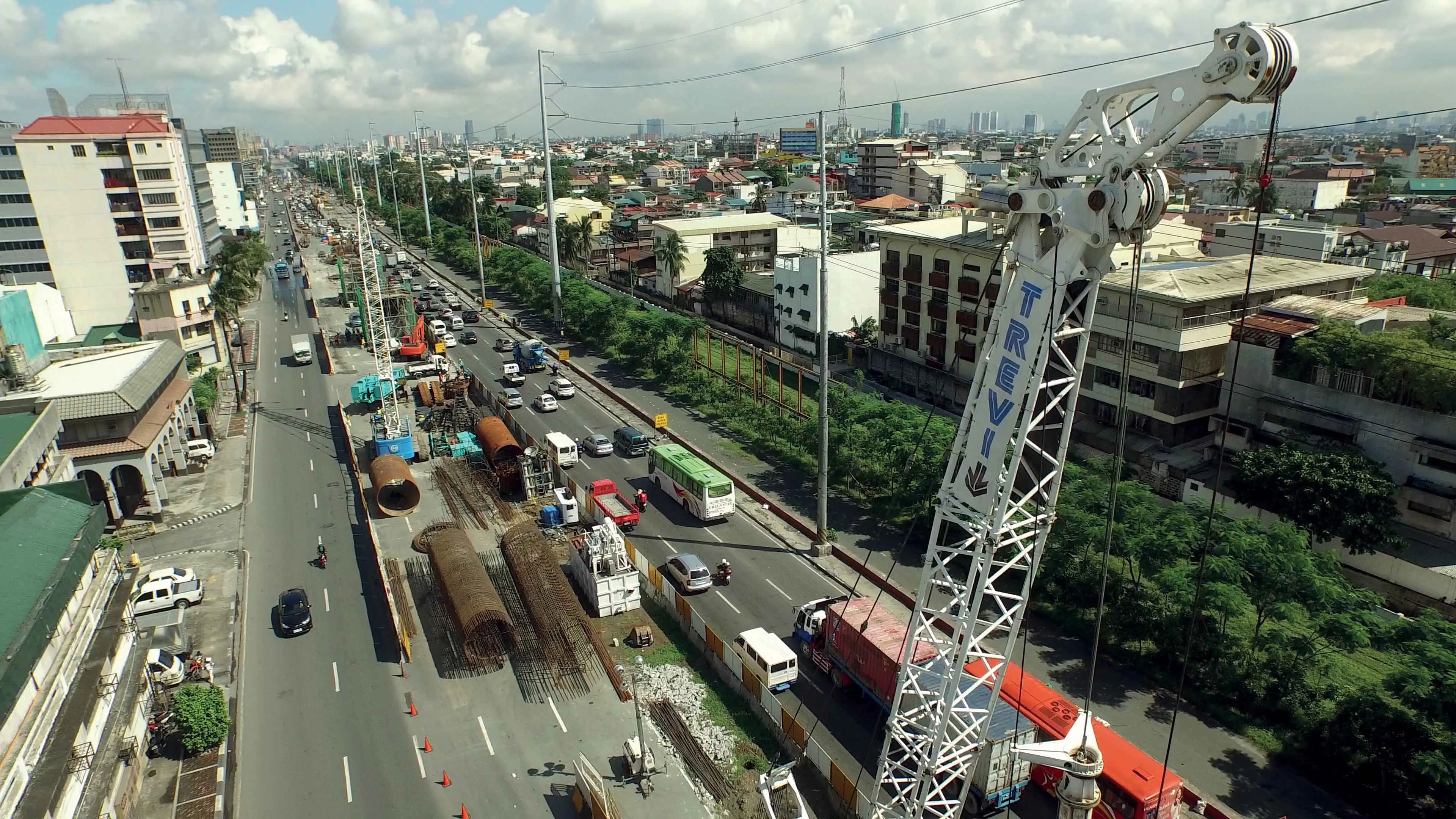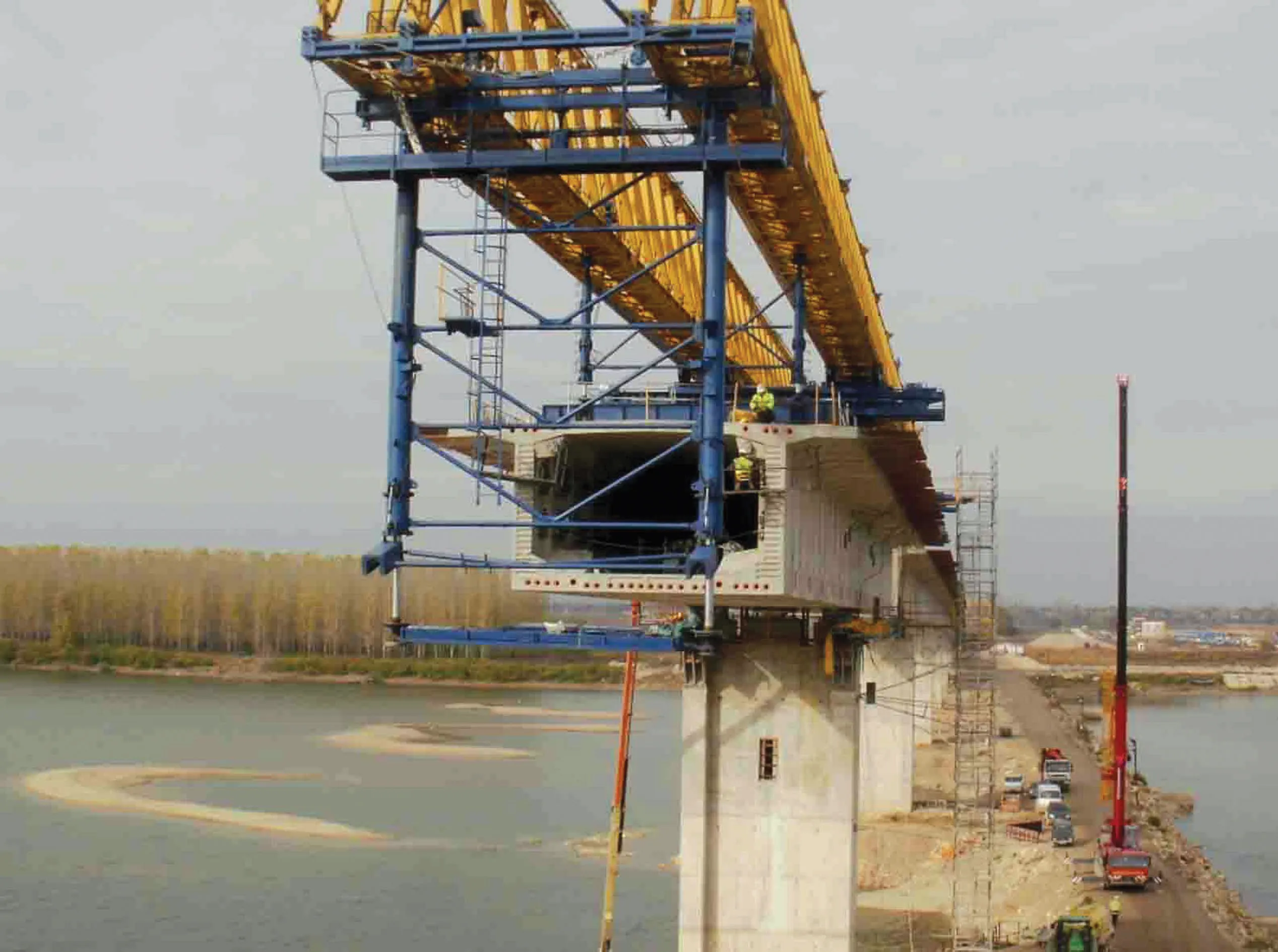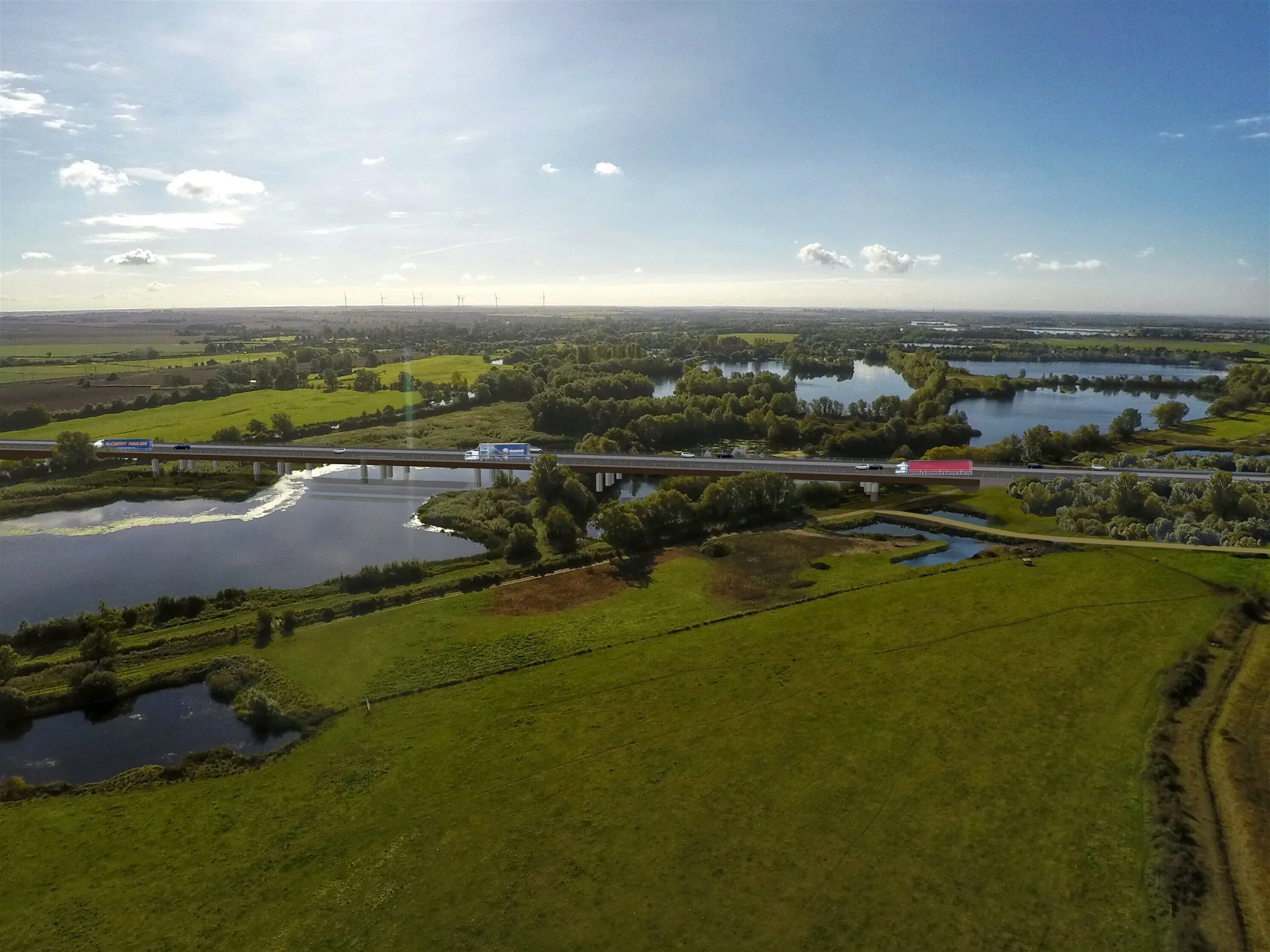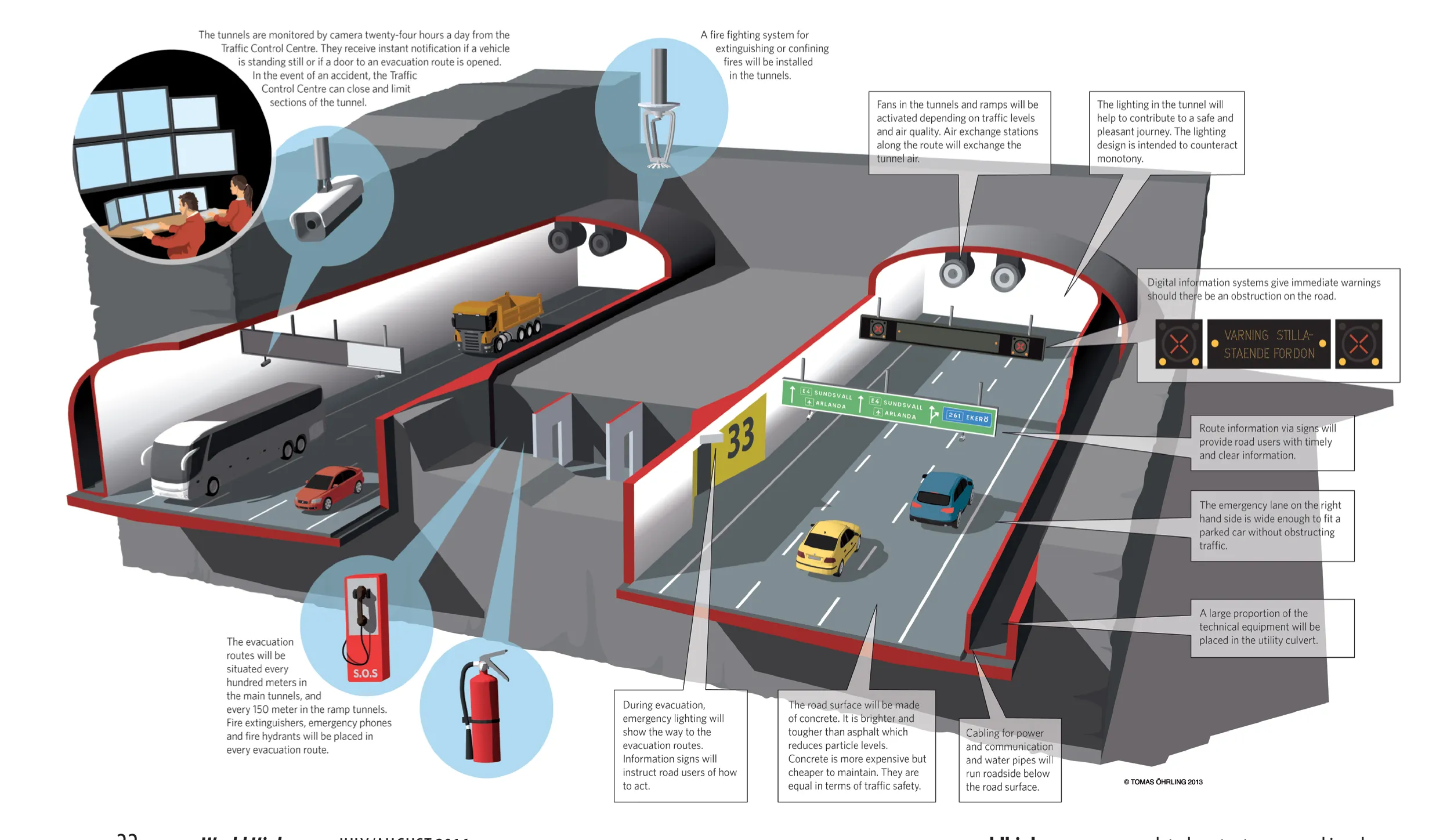A major highway construction project is underway in the capital of the Philippines, Manila. When complete this will help cut congestion and journey times in the city, which suffers heavily from congestion.
The project involves the construction of an urban highway overpass, passing through Metro Manila and stretching a length of 14km to join the NLEX highway in the north with the SLEX highway in the south.
The PPP project is complex logistically, given the congested urban areas it crosses. Work commenced i
June 16, 2016
Read time: 3 mins

A major highway construction project is underway in the capital of the Philippines, Manila. When complete this will help cut congestion and journey times in the city, which suffers heavily from congestion.
The project involves the construction of an urban highway overpass, passing through Metro Manila and stretching a length of 14km to join the NLEX highway in the north with the SLEX highway in the south.
The PPP project is complex logistically, given the congested urban areas it crosses. Work commenced in February 2015, to continue the two existing lots, Stages 1 & 2, already in operation in the southern part of Manila.
The client,6326 San Miguel Corporation/ Citra Central Expressway, awarded the implementation of the works to two of the largest local construction companies, DMCI and EEI, dividing the project into four sections from south to north. Sections 1 and 2 are being carried out by DMCI while sections 3 and 4 are being handled by EEI.
Trevi Foundations Philippines won the contract of the foundation works with both manufacturers and will carry out, overall, over 2,000 piles with different diameters on which the massive overhead structures will be built. In section 2, the Skyway will cross the Pasig River in Manila, using the viaduct that will be built on the piles in water that will be soon performed by TREVI.
At the moment, the six working groups engaged in the project have installed about 25% of all the piles. The Soilmec piling rigs used for the project include the firm’s SR100, SC100- SA40, R930, R625, R618 and SR70 models.
From a geological point of view, Metro Manila lies on a layer of consistent tuff, locally known as adobe, on which the recent alluvial sediments rest, with strong side heterotopias. Given its length, the Skyway 3 project crosses areas where the layer of the sedimentary surface has a very variable thickness.
Based on said geological heterogeneity, piles are executed with or without the use of bentonite mud, depending on the depth of the tuff base.
Generally speaking, sections 1 and 2, in the southern part of the Pasig River, require the use of bentonite to help stabilise the ground, while sections 3 and 4 allow carrying out dry piles because the tuff layer is consistent, almost outcropping.
The greatest complexity of the work, in addition to the purely technical one, considering the diameter and depth of the piles, is in regard to manging the logistics. Carrying out the project within Metro Manila, one of the most congested and highly populated megacities in the world, requires employees and directors to focus heavily on traffic management.
There are numerous issues, typical of the urban environment, which make the project a real challenge. One such is a high voltage line that runs along a large section of the layout. The presence of the powerline would have blocked the driving of piles in this area until it could be removed. To avoid delays, Trevi Foundations Philippines has studied the required changes and is equipping rigs to make a low headroom configuration, with respective dimensions of 12m and 15m.
As a result, the machines can operate safely under the existing power lines and there is no need to wait for them to be moved first.
The project involves the construction of an urban highway overpass, passing through Metro Manila and stretching a length of 14km to join the NLEX highway in the north with the SLEX highway in the south.
The PPP project is complex logistically, given the congested urban areas it crosses. Work commenced in February 2015, to continue the two existing lots, Stages 1 & 2, already in operation in the southern part of Manila.
The client,
Trevi Foundations Philippines won the contract of the foundation works with both manufacturers and will carry out, overall, over 2,000 piles with different diameters on which the massive overhead structures will be built. In section 2, the Skyway will cross the Pasig River in Manila, using the viaduct that will be built on the piles in water that will be soon performed by TREVI.
At the moment, the six working groups engaged in the project have installed about 25% of all the piles. The Soilmec piling rigs used for the project include the firm’s SR100, SC100- SA40, R930, R625, R618 and SR70 models.
From a geological point of view, Metro Manila lies on a layer of consistent tuff, locally known as adobe, on which the recent alluvial sediments rest, with strong side heterotopias. Given its length, the Skyway 3 project crosses areas where the layer of the sedimentary surface has a very variable thickness.
Based on said geological heterogeneity, piles are executed with or without the use of bentonite mud, depending on the depth of the tuff base.
Generally speaking, sections 1 and 2, in the southern part of the Pasig River, require the use of bentonite to help stabilise the ground, while sections 3 and 4 allow carrying out dry piles because the tuff layer is consistent, almost outcropping.
The greatest complexity of the work, in addition to the purely technical one, considering the diameter and depth of the piles, is in regard to manging the logistics. Carrying out the project within Metro Manila, one of the most congested and highly populated megacities in the world, requires employees and directors to focus heavily on traffic management.
There are numerous issues, typical of the urban environment, which make the project a real challenge. One such is a high voltage line that runs along a large section of the layout. The presence of the powerline would have blocked the driving of piles in this area until it could be removed. To avoid delays, Trevi Foundations Philippines has studied the required changes and is equipping rigs to make a low headroom configuration, with respective dimensions of 12m and 15m.
As a result, the machines can operate safely under the existing power lines and there is no need to wait for them to be moved first.









